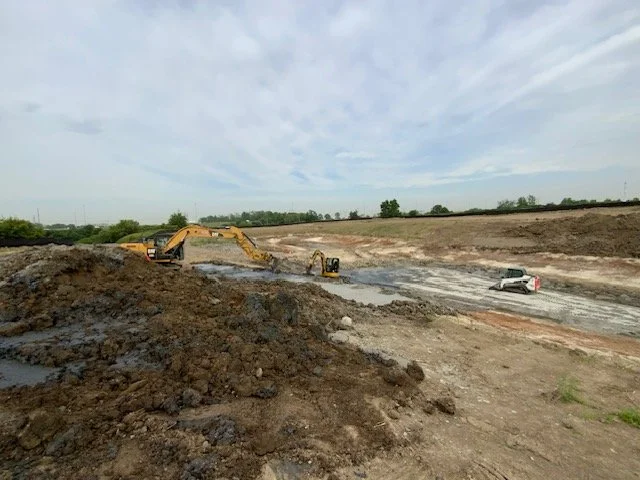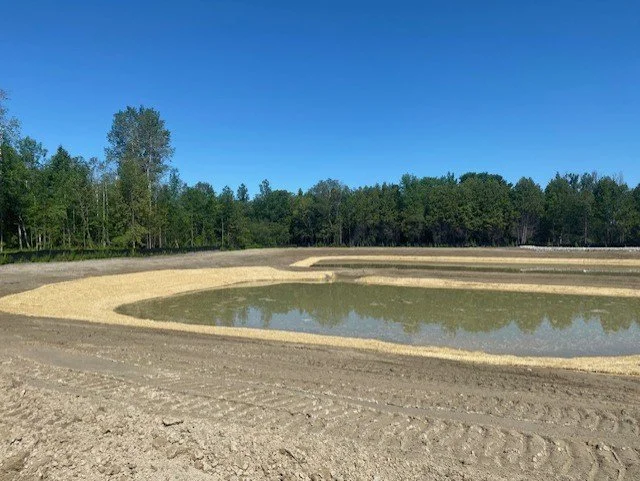Storm Ponds
Storm ponds, often referred to as stormwater management ponds, are vital elements in managing urban water systems. These engineered features are specifically designed to control runoff caused by rainfall and melting snow, mitigating the risk of flooding in developed areas. By temporarily gathering excess water, storm ponds give sediments and pollutants a chance to settle out before gradually releasing cleaner water into nearby natural waterways.
Storm ponds come in two primary forms: dry ponds and wet ponds. Dry ponds, or detention basins, typically remain empty and only fill with water during significant rainfall events. In contrast, wet ponds—also known as retention basins—retain water throughout the year, sustaining a permanent pool that fosters aquatic life and contributes to greater local biodiversity.
In addition to managing floods, storm ponds enhance water quality, help reduce soil erosion, and offer communities visual appeal and recreational opportunities. These ponds frequently become havens for wildlife, attracting birds, amphibians, and a variety of native plants. Regular maintenance is crucial for their proper operation, involving debris removal, water quality monitoring, and vegetation management.
Incorporating storm ponds into city planning demonstrates a dedication to sustainable growth, balancing the needs of people with the health of the environment.
Ponds


